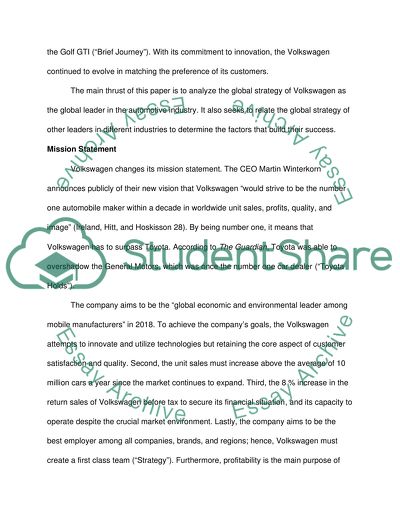Cite this document
(“Analysis on the Global Strategy of Volkswagen Essay”, n.d.)
Retrieved from https://studentshare.org/marketing/1441365-volkswagen-global-strategy-analysis
Retrieved from https://studentshare.org/marketing/1441365-volkswagen-global-strategy-analysis
(Analysis on the Global Strategy of Volkswagen Essay)
https://studentshare.org/marketing/1441365-volkswagen-global-strategy-analysis.
https://studentshare.org/marketing/1441365-volkswagen-global-strategy-analysis.
“Analysis on the Global Strategy of Volkswagen Essay”, n.d. https://studentshare.org/marketing/1441365-volkswagen-global-strategy-analysis.


